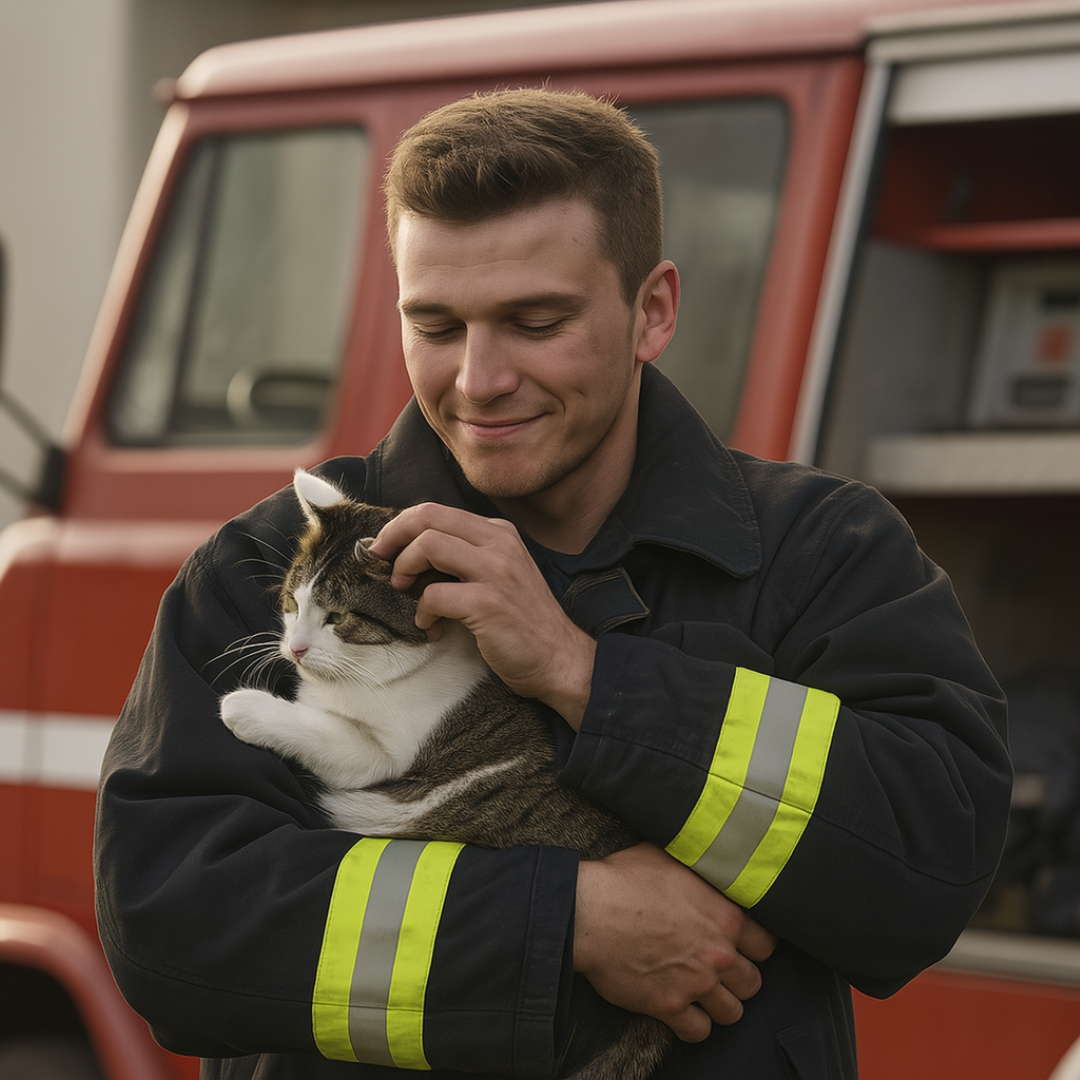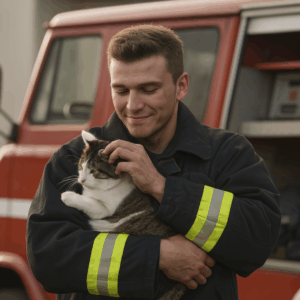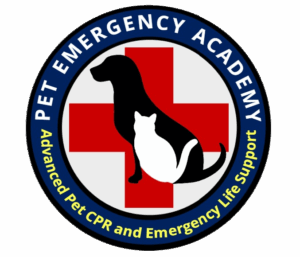Course Highlights
Advanced Cardiopulmonary Resuscitation (CPR) for Working and Companion Animals
Build upon your existing knowledge of pet CPR with advanced, evidence-based resuscitation protocols. This course focuses on high-quality chest compressions, advanced airway management techniques, and effective ventilation strategies for dogs and cats of varying body types. You will learn to assess cardiac arrest, identify return of spontaneous circulation, and utilize monitoring tools to evaluate CPR effectiveness in the field.
Trauma and Wound Management for Critical Field Injuries
From vehicular trauma to K9 duty-related injuries, this module teaches responders how to stabilize life-threatening wounds until veterinary care is available. Learn advanced bandaging techniques, bleeding control (including pressure and tourniquet methods when applicable), fracture stabilization, and pain mitigation strategies appropriate for emergency response environments.
Airway Emergencies and Oxygen Administration
Airway obstruction and respiratory distress are among the most urgent emergencies faced in the field. This course provides hands-on guidance on clearing obstructions, performing safe airway maneuvers, and administering supplemental oxygen using available responder equipment. Learn to recognize respiratory compromise early and implement interventions that can extend survival time during transport.
Shock, Blood Loss, and Critical Care Stabilization
Recognize and respond to physiological shock caused by trauma, heat, or blood loss. Students will gain insight into the pathophysiology of shock, fluid loss, and perfusion deficits, along with appropriate first-response stabilization measures that support circulation and reduce fatal outcomes in working and companion animals.
Environmental and Temperature-Related Emergencies
First responders frequently encounter animals suffering from exposure, including hypothermia and hyperthermia. This module focuses on prevention, field recognition, and active management of environmental emergencies in both hot and cold climates. Techniques include rapid cooling or warming, monitoring core temperature, and preventing rebound complications.
Field Safety, Behavior, and Restraint Techniques
Emergency scenes are unpredictable. Learn safe and humane handling methods to control and restrain injured or fearful animals while minimizing risk to both responder and animal. This module emphasizes reading canine and feline body language, tactical approach strategies, and using responder tools effectively to ensure safety during rescue or triage.
Benefits for First Responders and Animal Professionals
This training goes beyond basic pet first aid, equipping responders with advanced knowledge to manage complex emergencies involving working and companion animals. Whether responding to structure fires, vehicle accidents, search-and-rescue operations, or law enforcement incidents, this course prepares you to stabilize animals until veterinary care is accessible. Completing this certification demonstrates your dedication to the welfare of K9 partners and animals in your community.
Benefits for Animals
When first responders and pet professionals possess advanced emergency care skills, animals have a dramatically higher chance of survival and recovery following critical incidents. Proper intervention at the scene can mean the difference between life and death — particularly for K9 units and companion animals in emergency situations.
Course Format
Self-Paced On-Demand Training for independent learning at your own pace. The course contains 3 learning modules, video demonstrations, knowledge quizzes, and a cumulative final exam. Participants also receive access to an online library of reference materials and continued support through the Pet Emergency Academy’s professional network.
Certification
Upon completion, participants earn an Advanced Canine and Feline CPR and Emergency Life Support Certification, valid for two years. Certification validates your advanced training in animal emergency response and is ideal for inclusion in departmental training records or professional portfolios.
Who Should Enroll
This course is designed for:
-
Law Enforcement Officers and K9 Handlers
-
Firefighters and Emergency Medical Technicians
-
Animal Control Officers and Humane Investigators
-
Search and Rescue Personnel
-
Veterinary and Animal Care Professionals seeking advanced training
Prior completion of a basic Pet CPR and First Aid certification is strongly recommended before enrolling.
Course Materials and Inclusions
Participants receive:
-
A full-color Reference Guide as an ebook (Printed books available for purchase for an additional fee)
-
2-year access to the Pet Emergency Academy Online Resource Center
-
Printable Certificate of Completion upon passing all assessments
-
Authorized use of the Advanced Pet First Responder logo to promote your certification
Although Pet Emergency Academy teaches the most current standards for animal CPR and trauma response, it is not affiliated with the RECOVER Initiative or its training programs.



